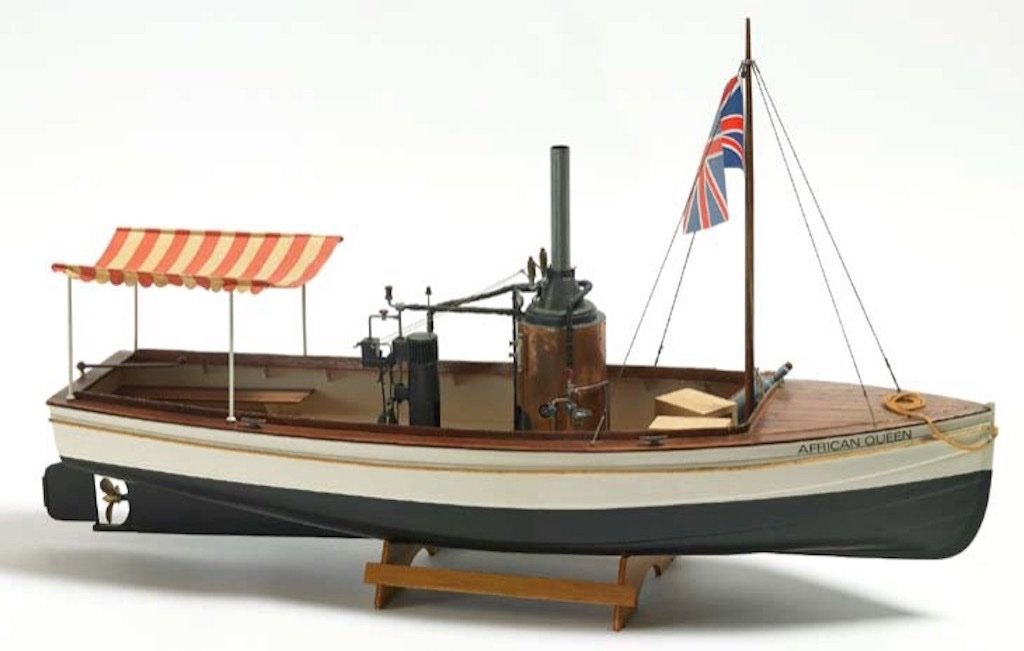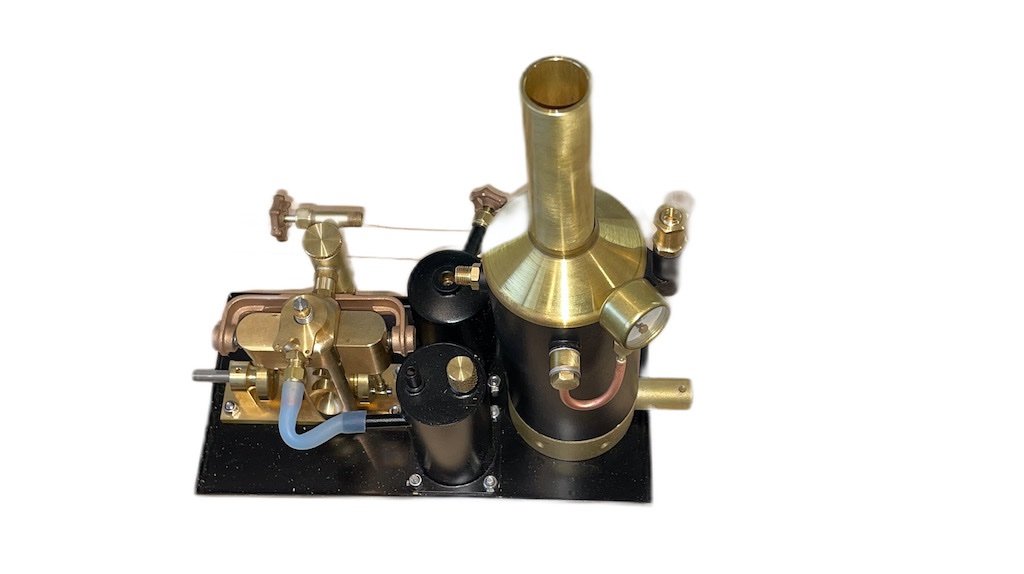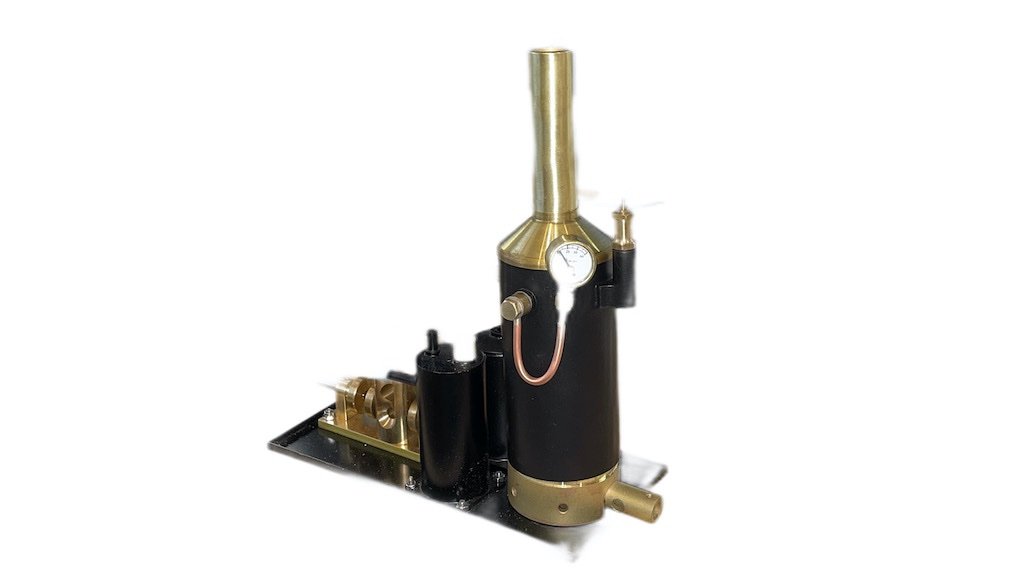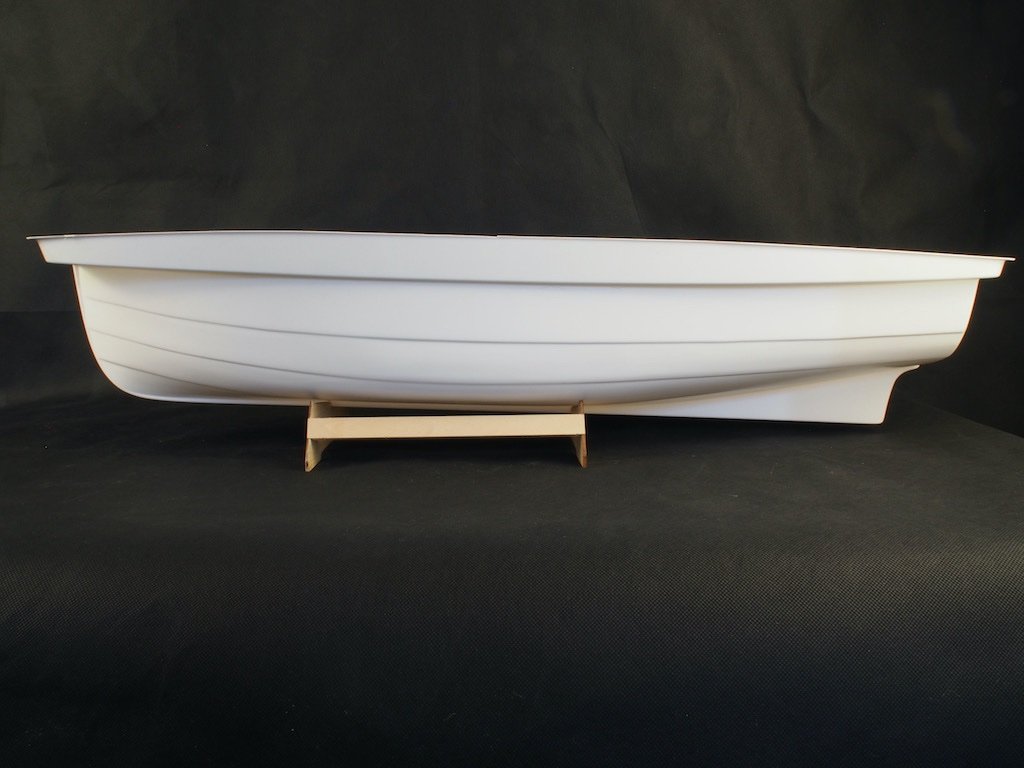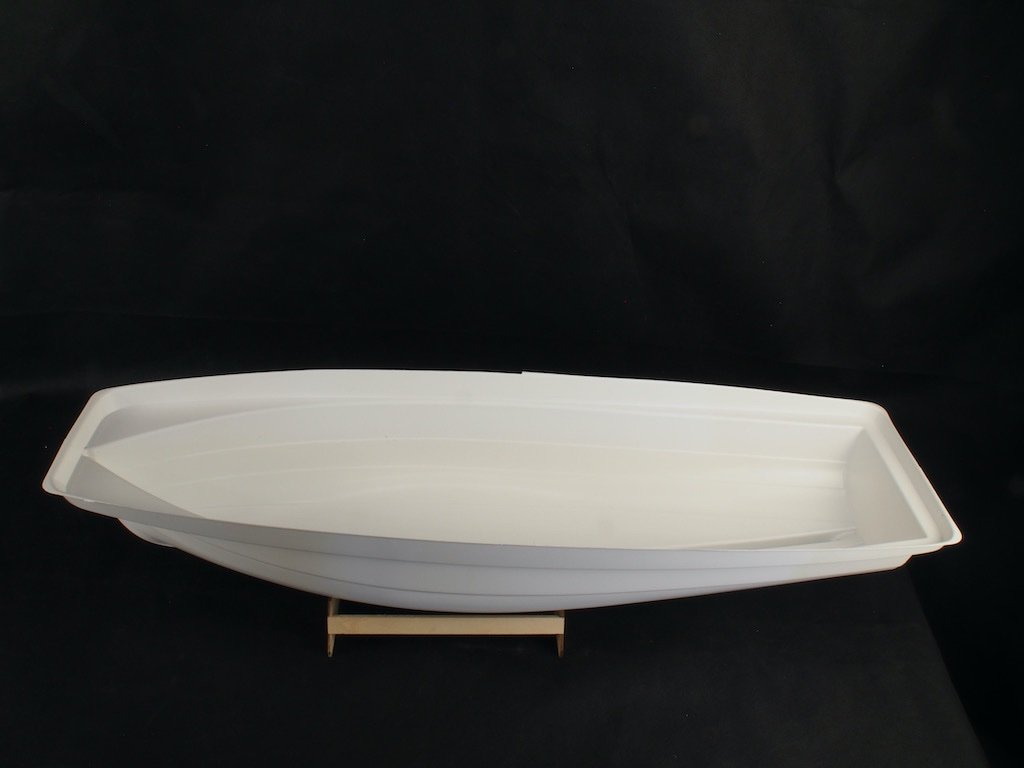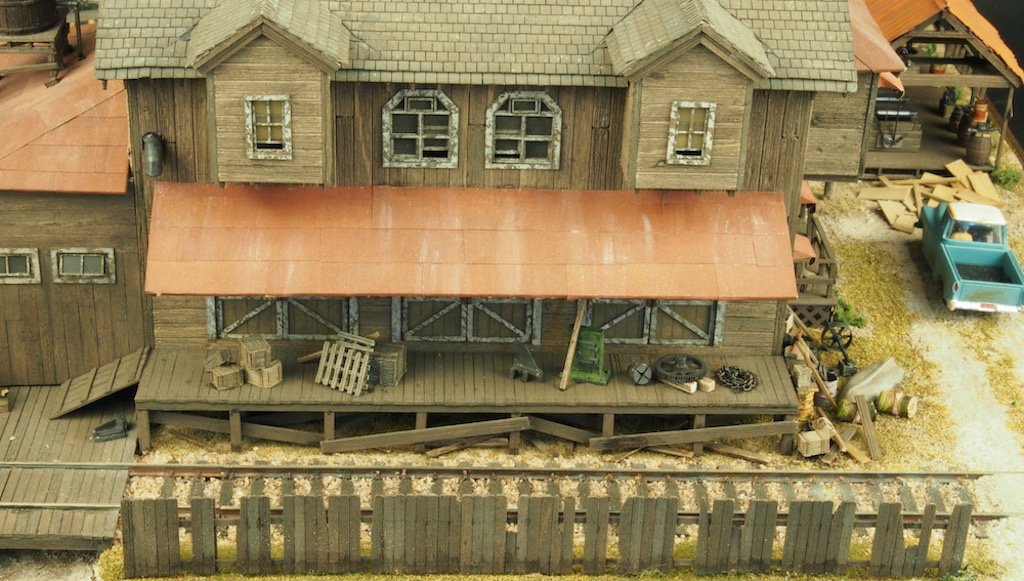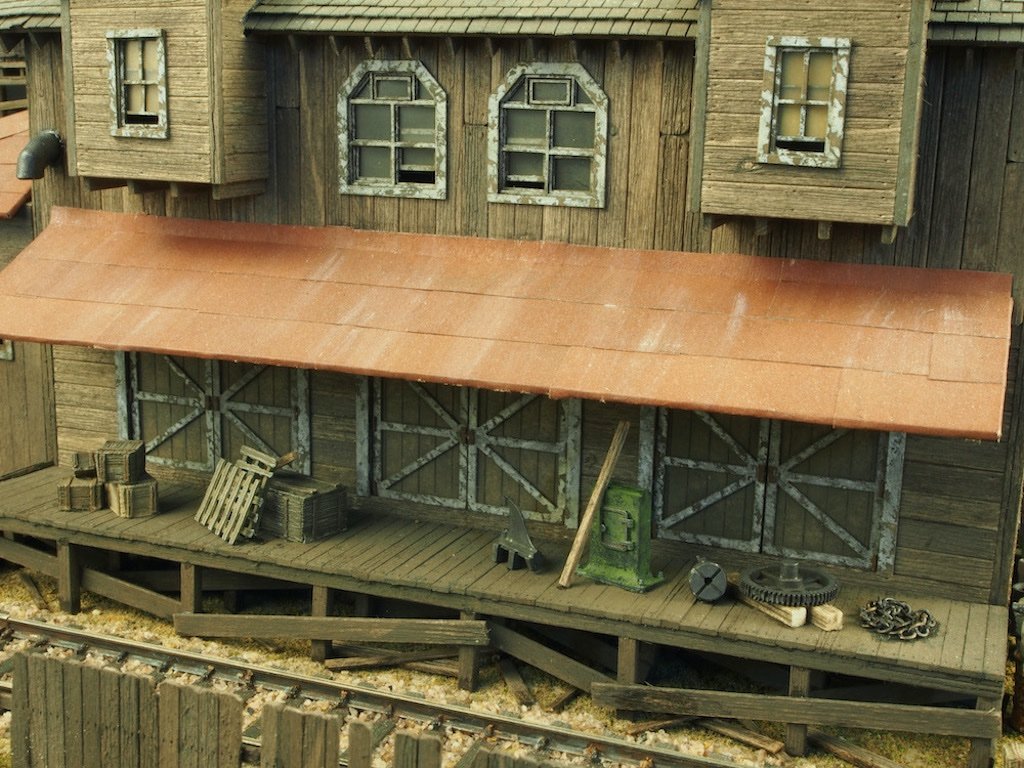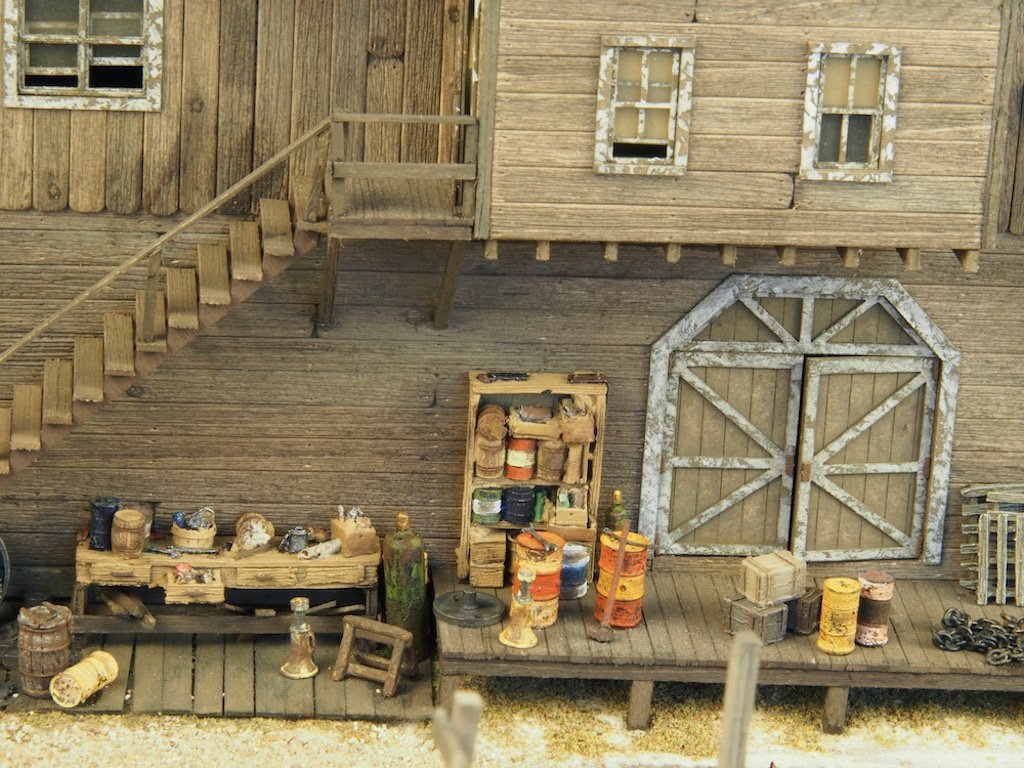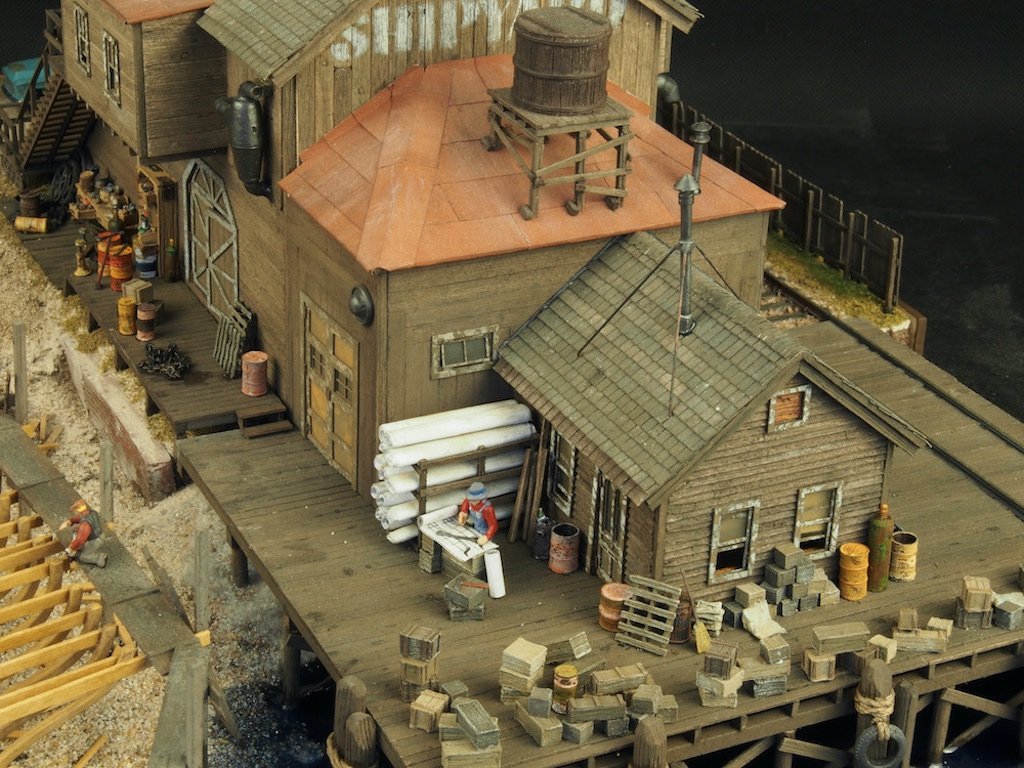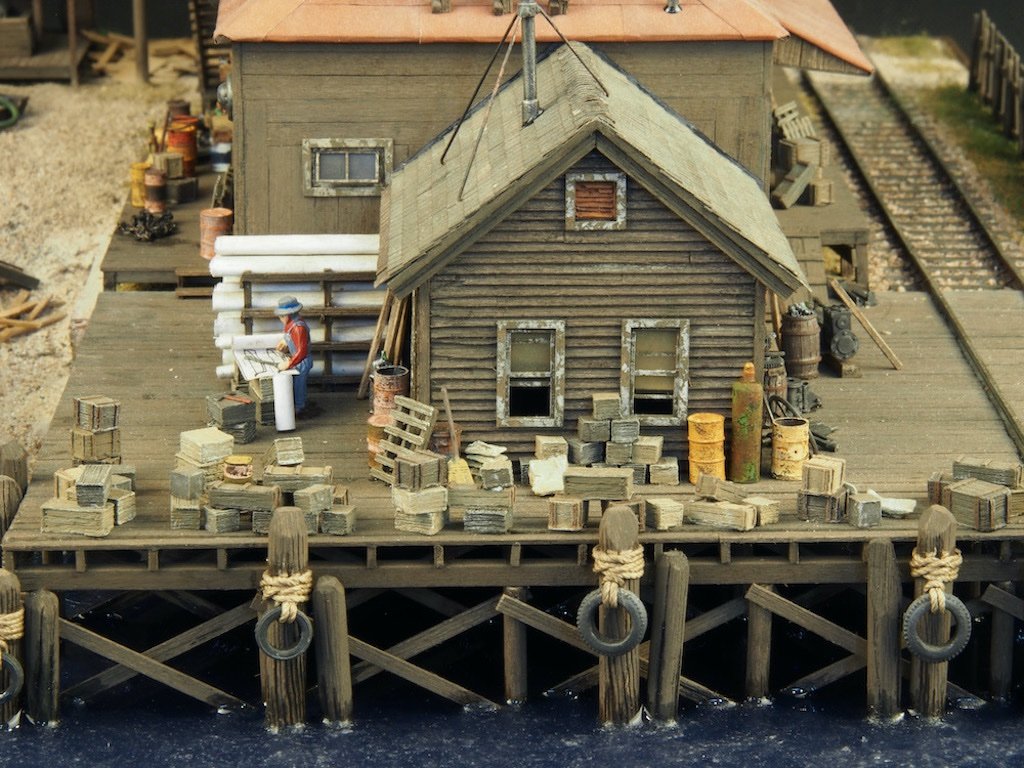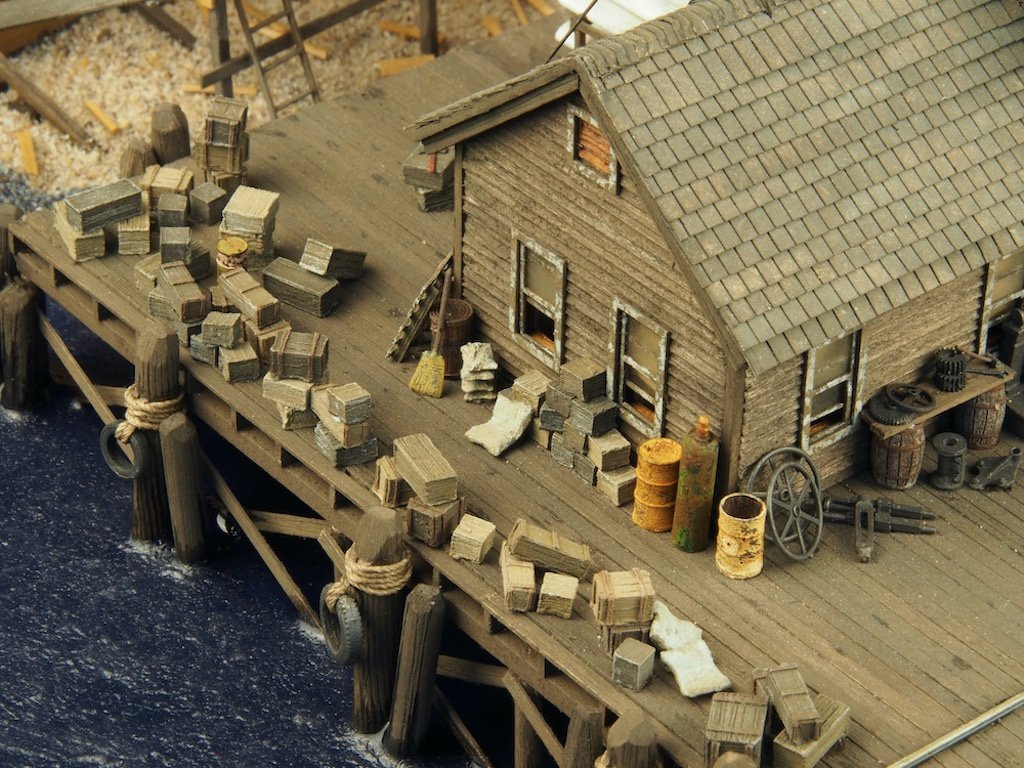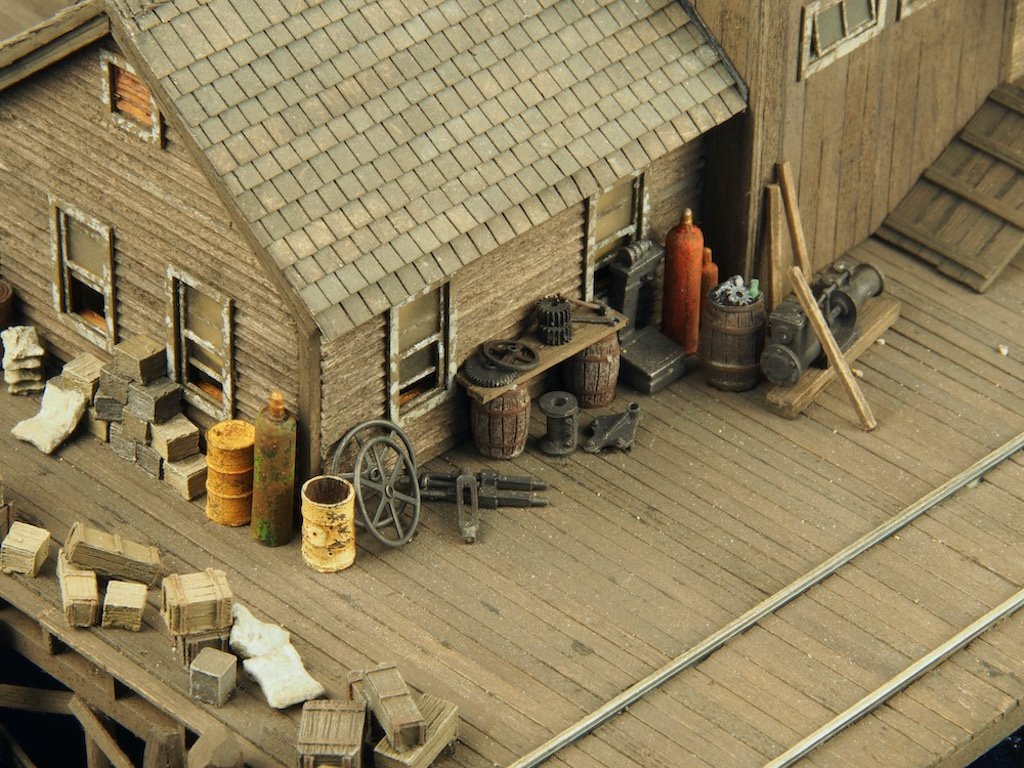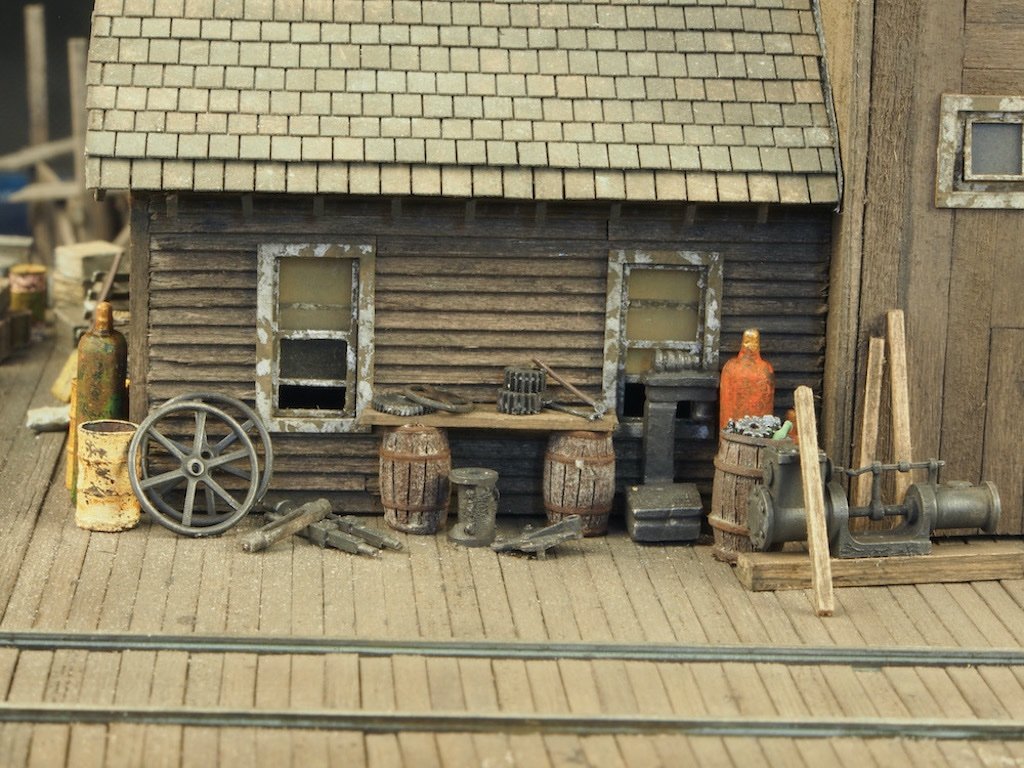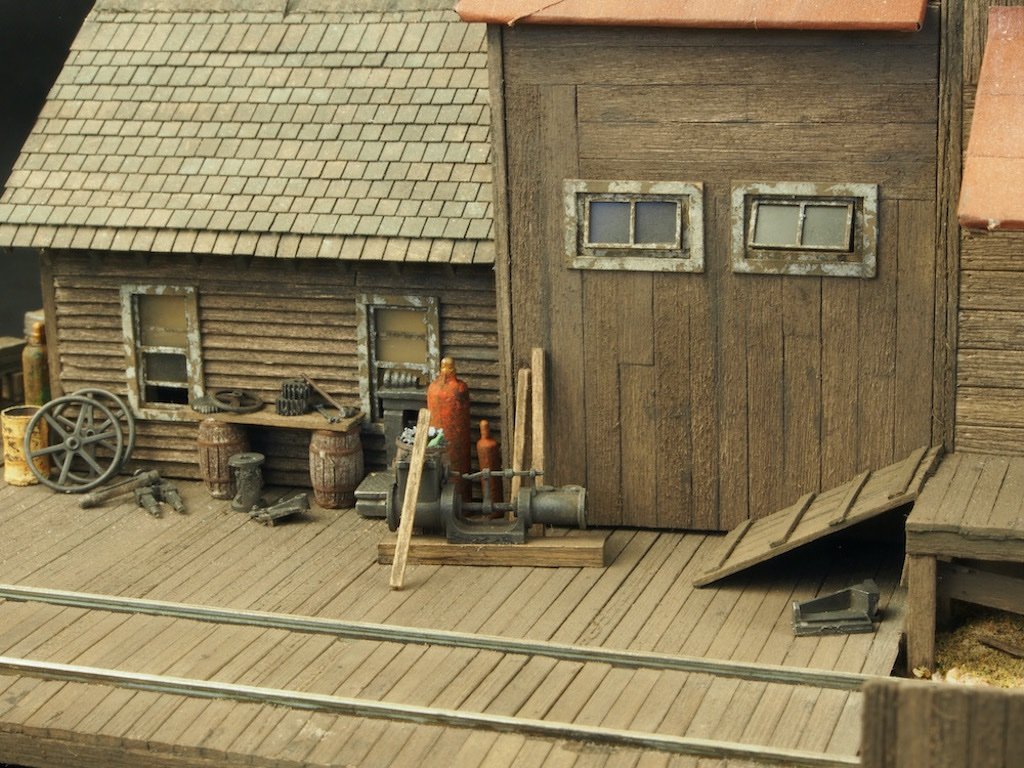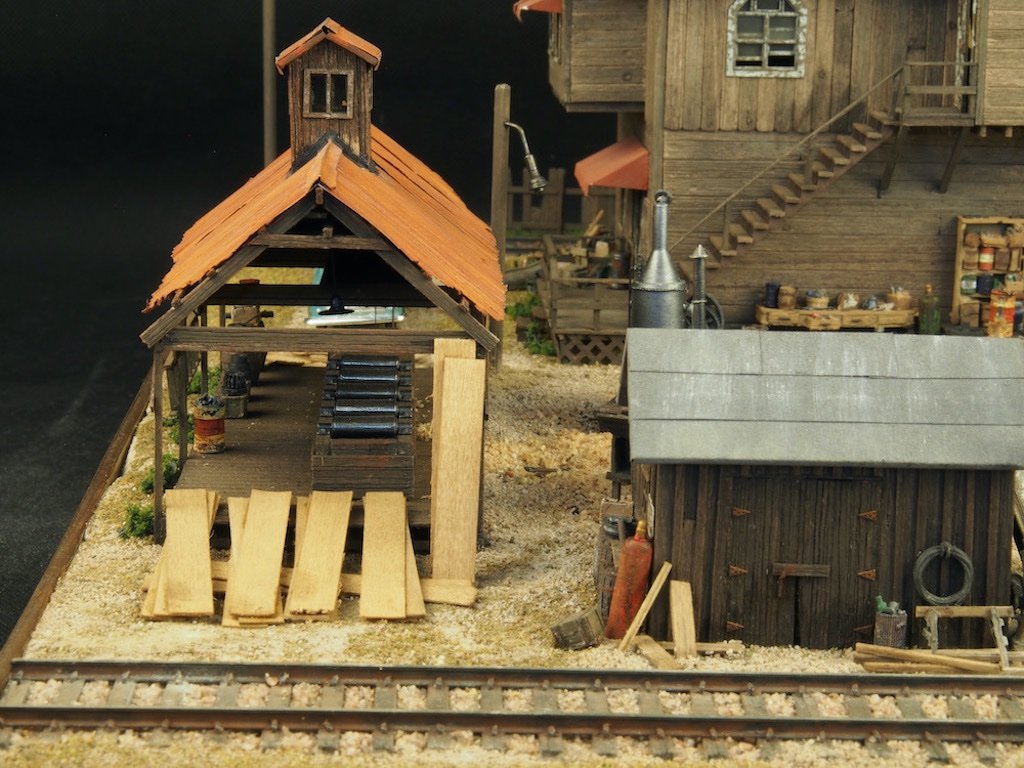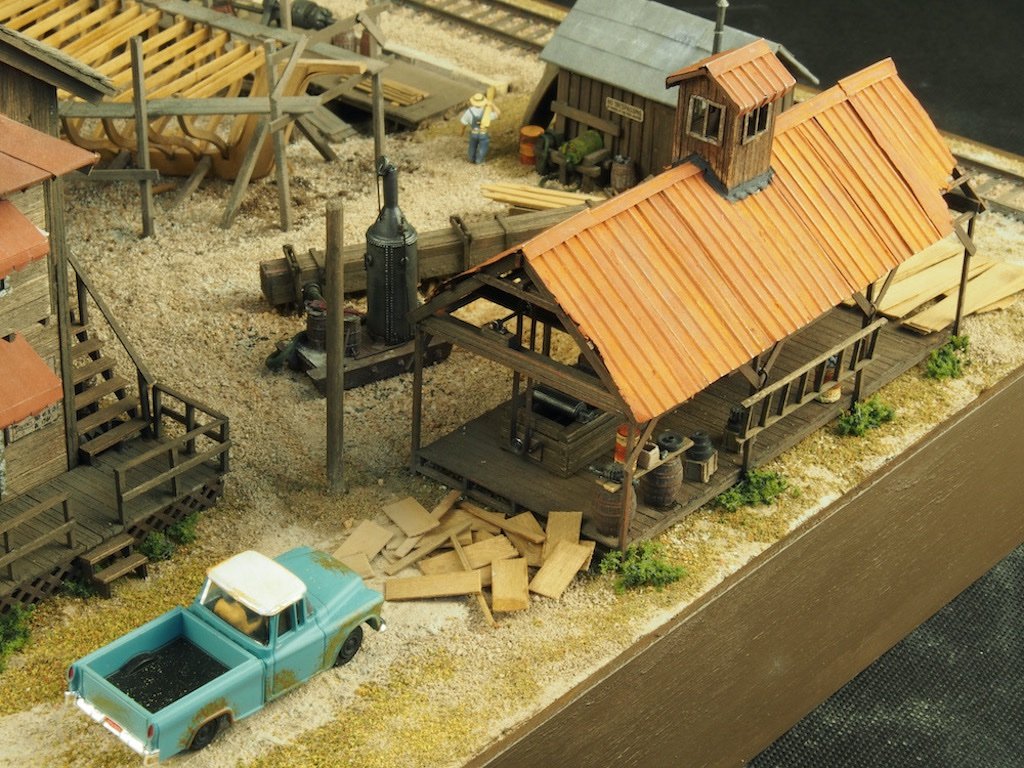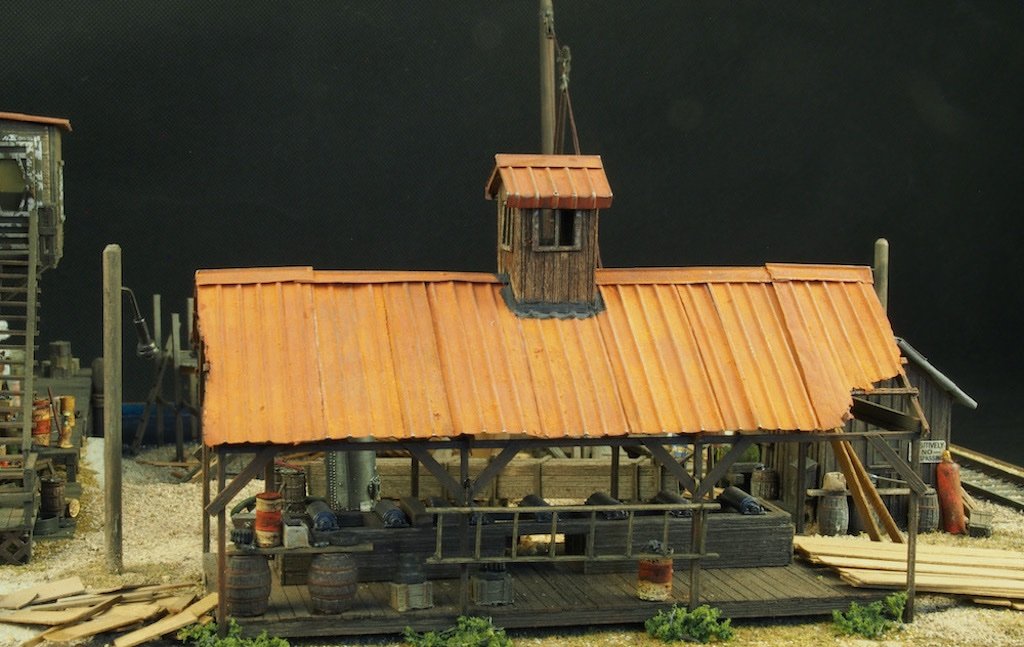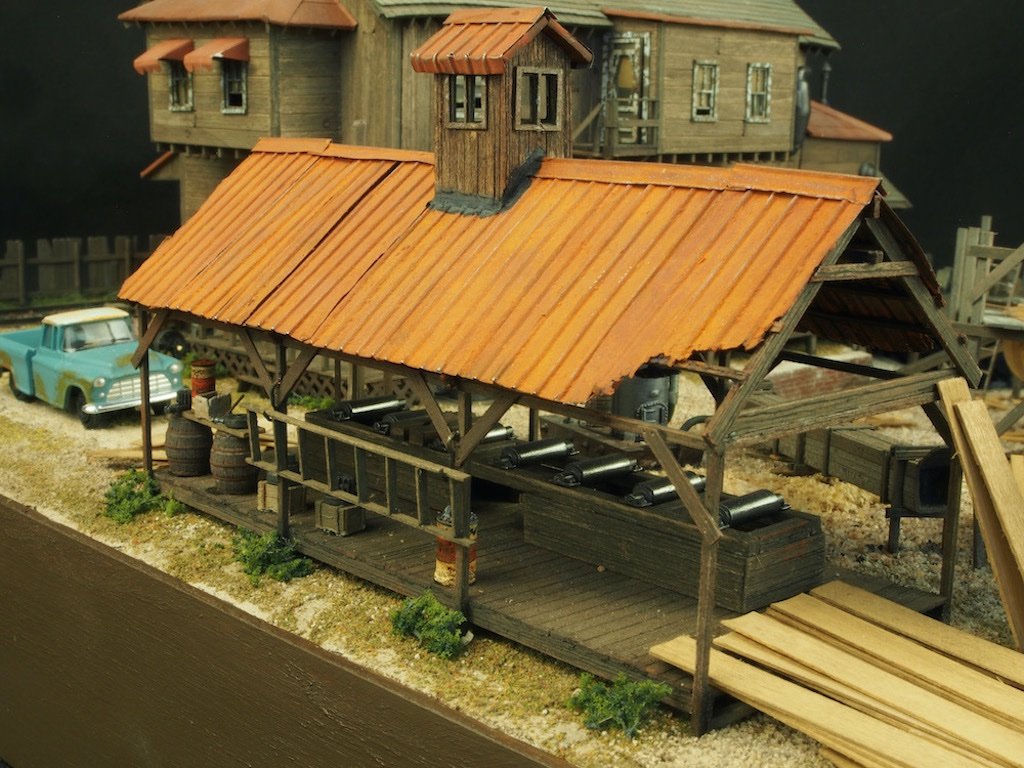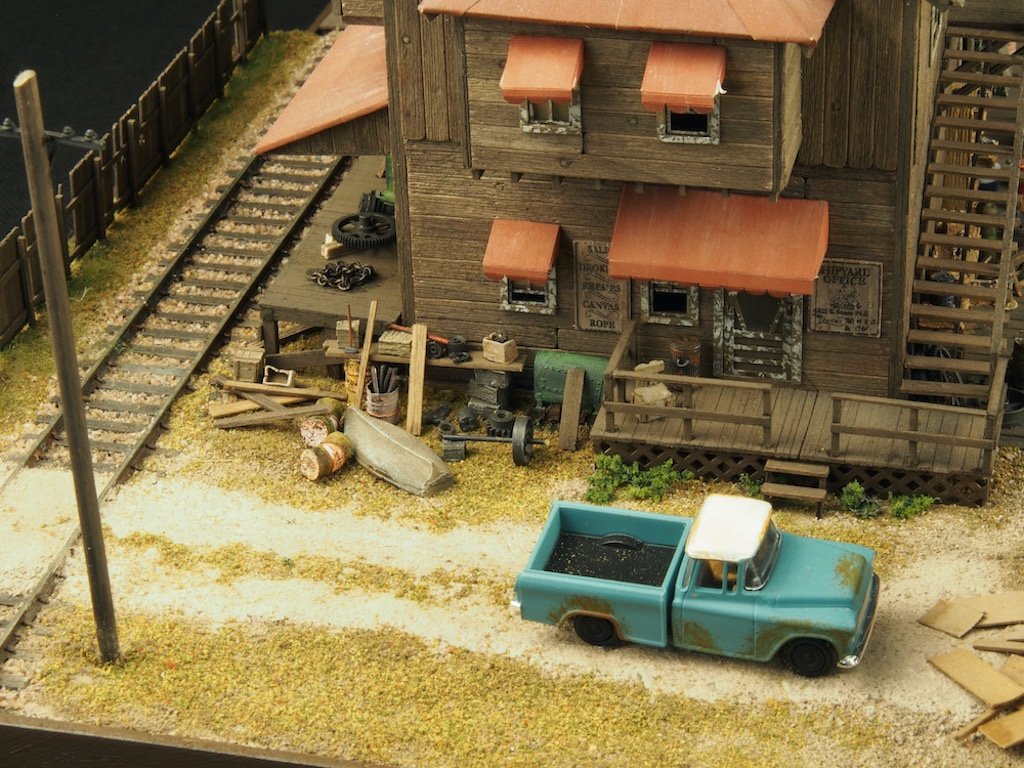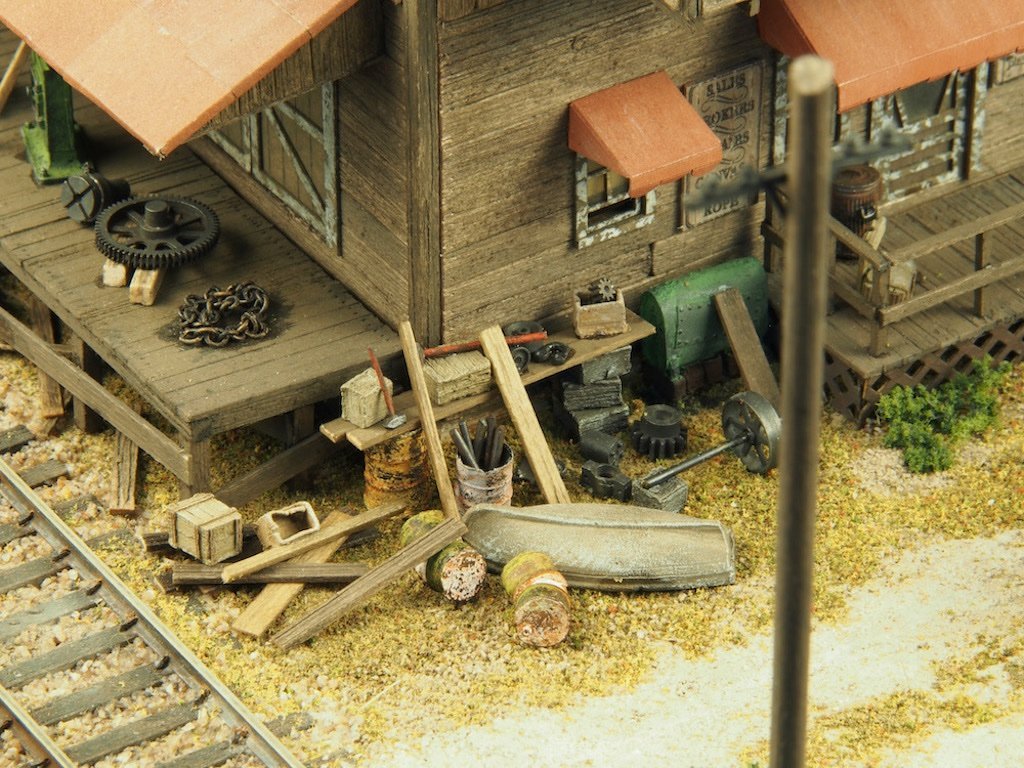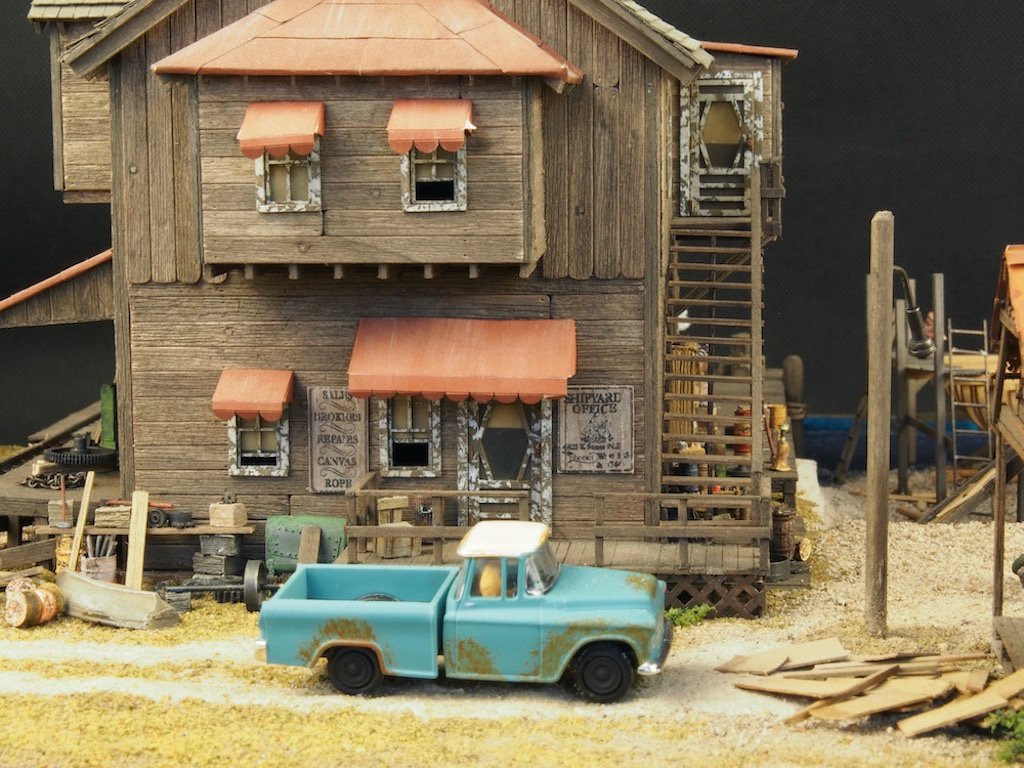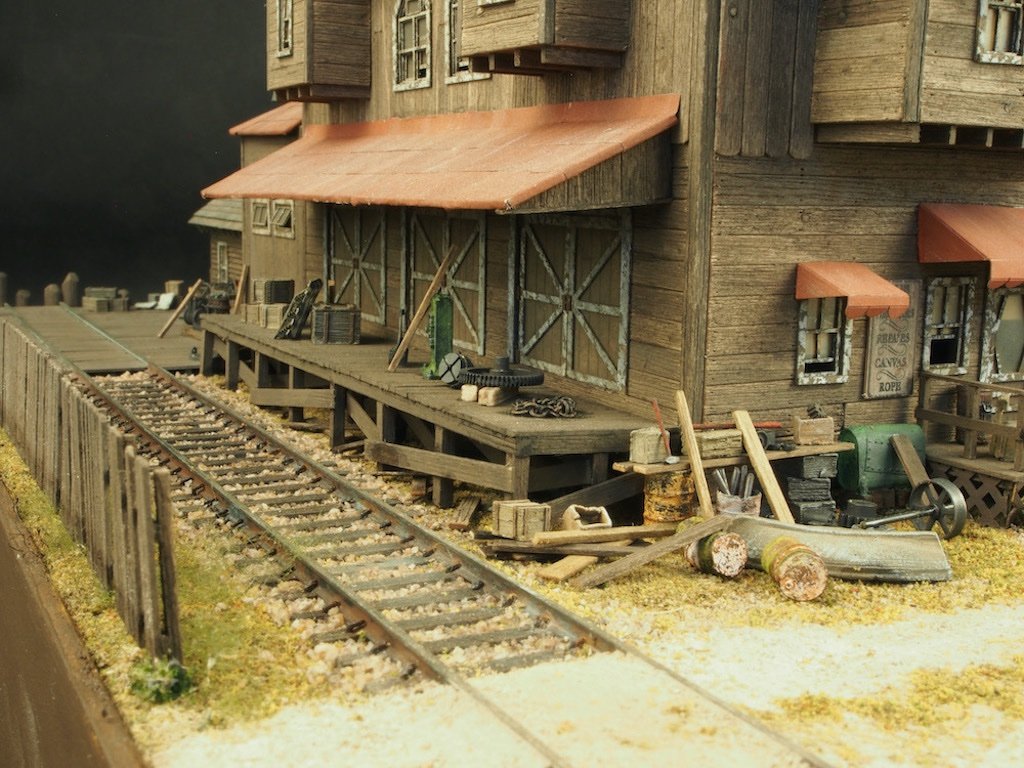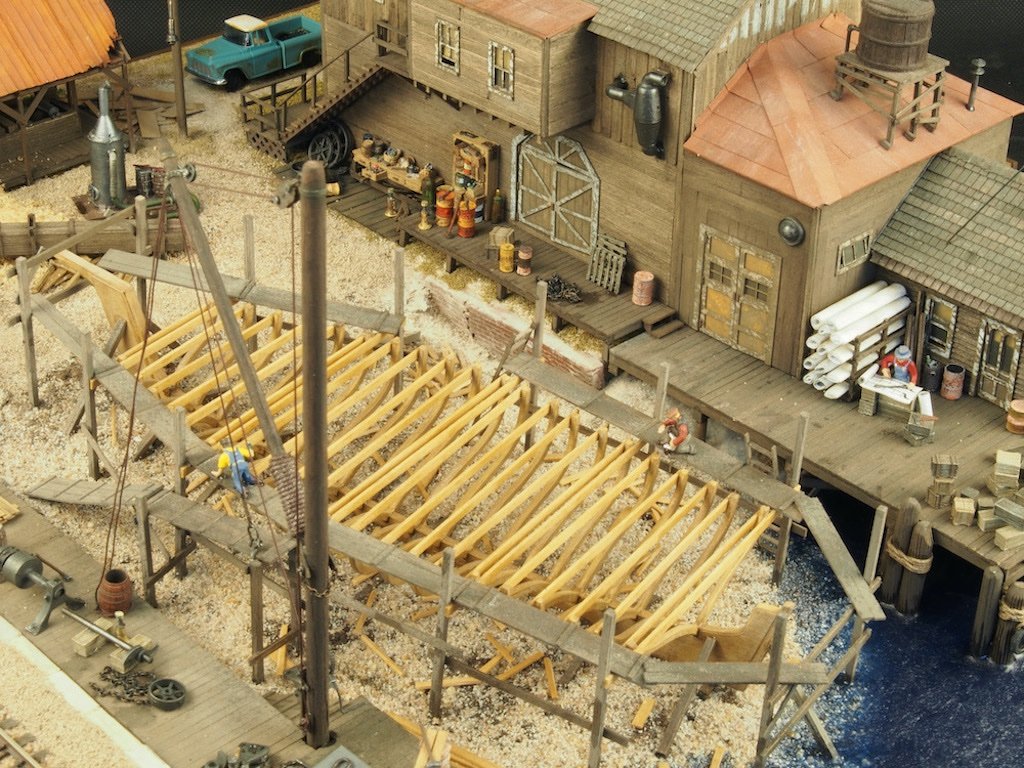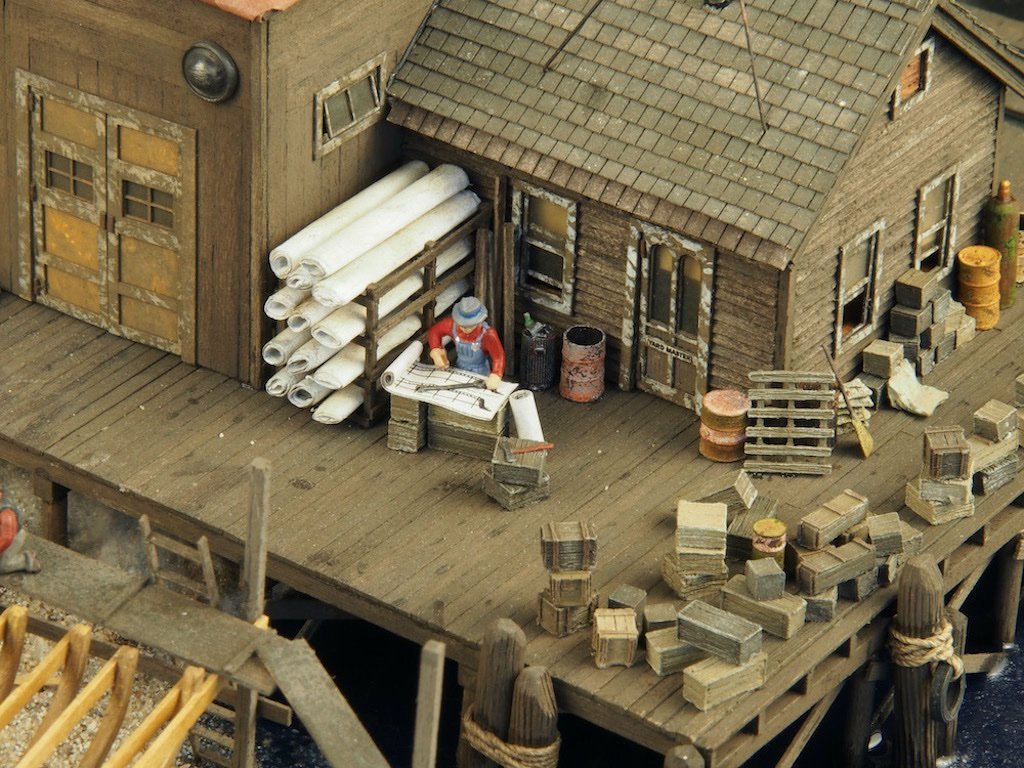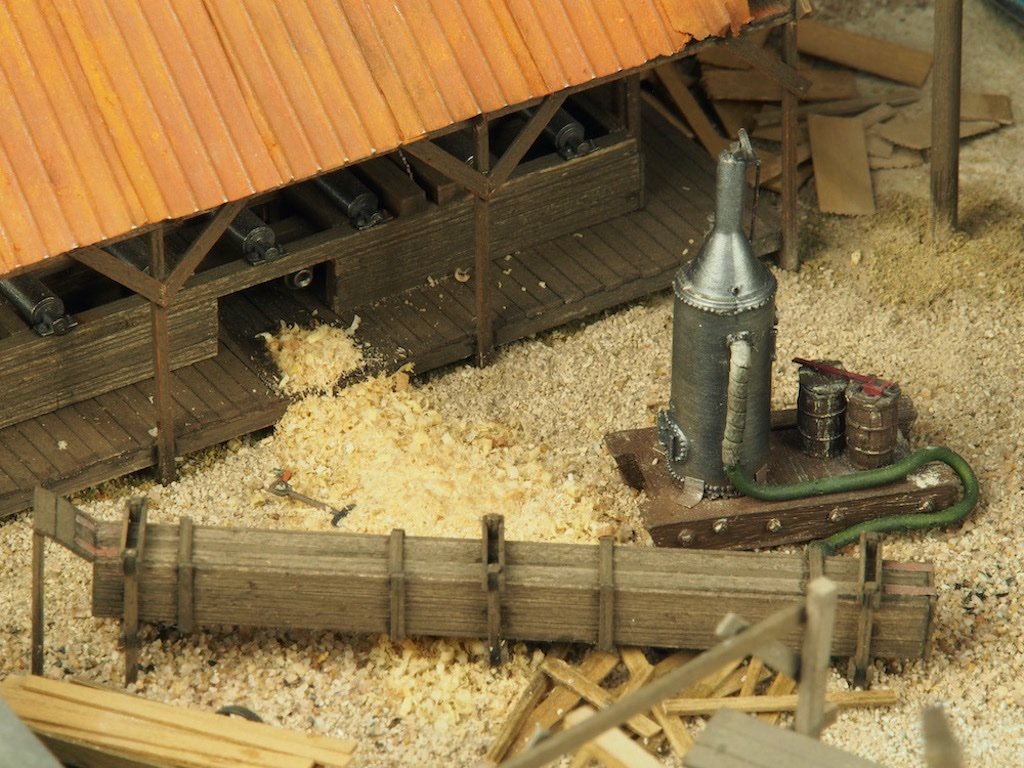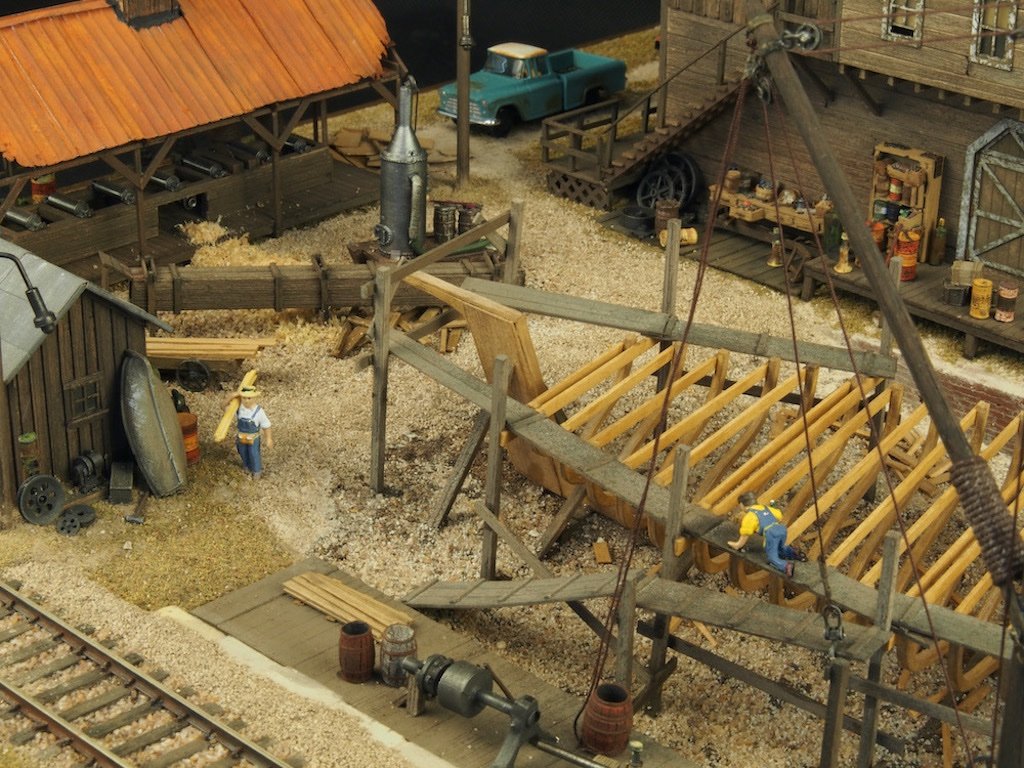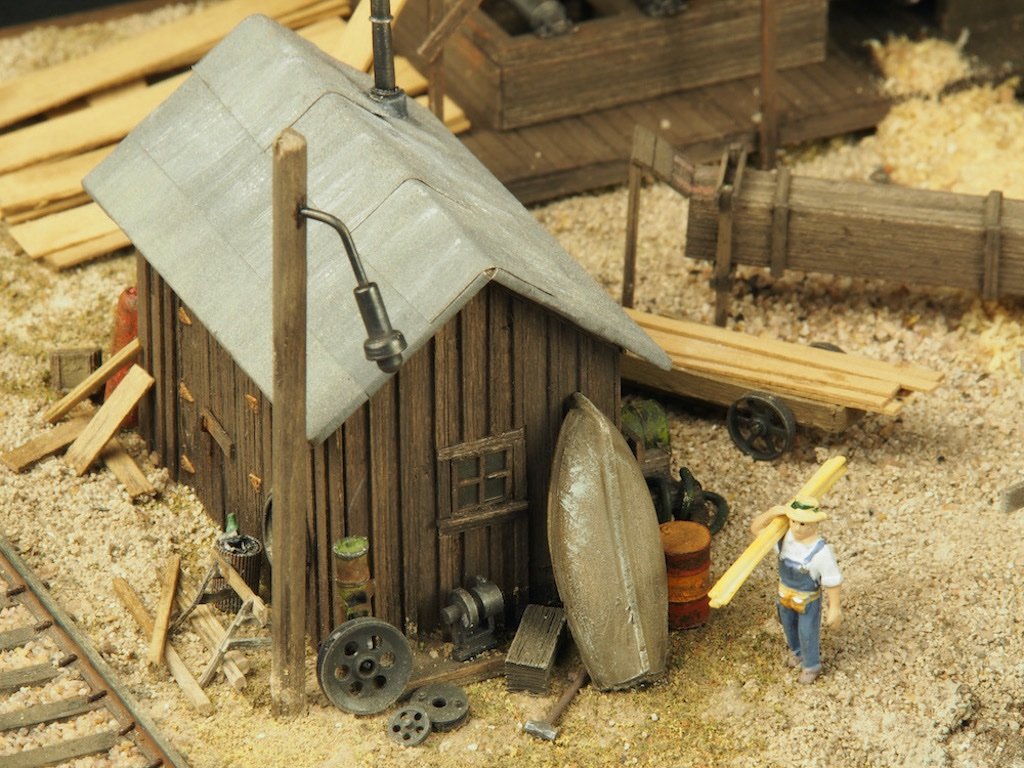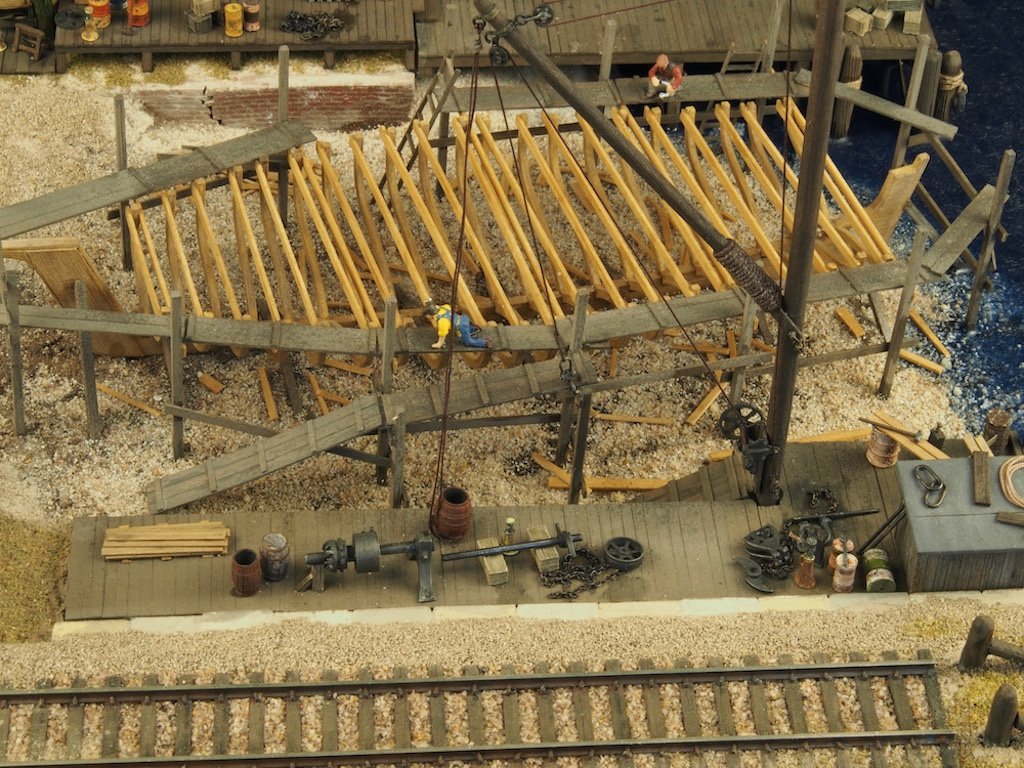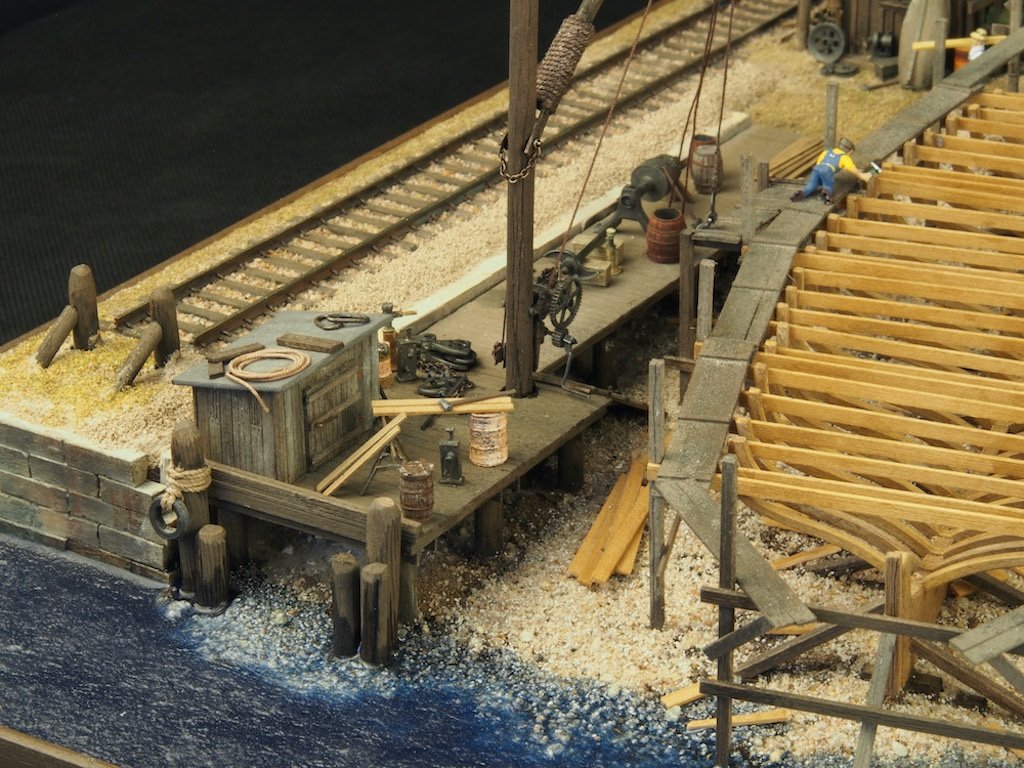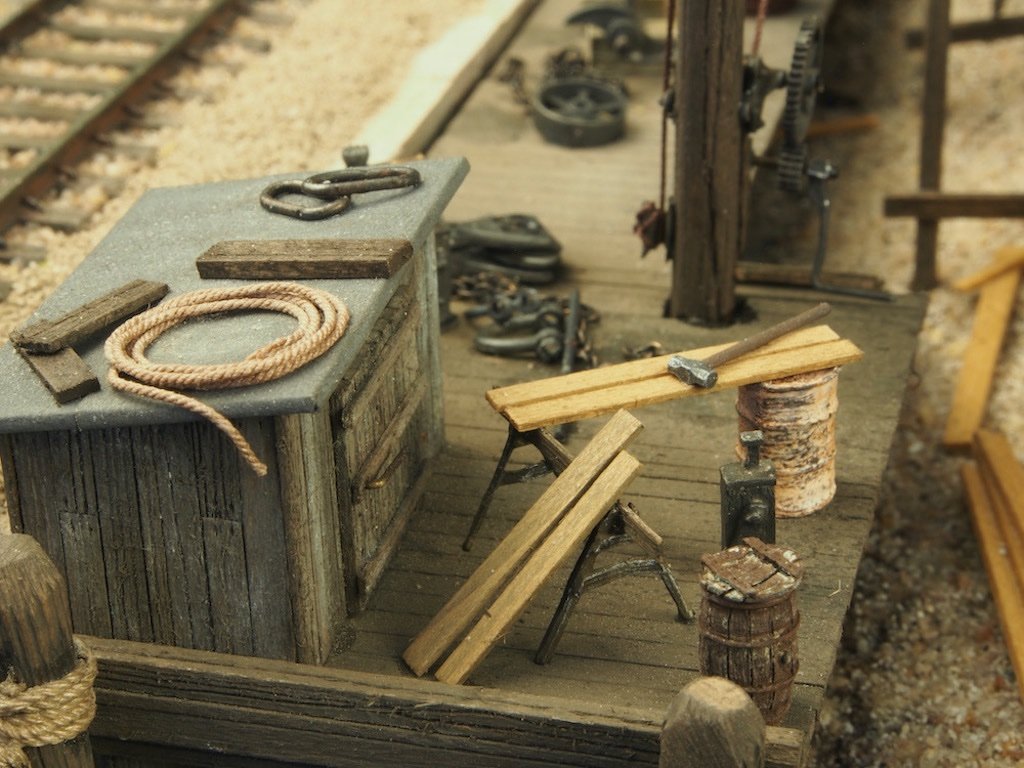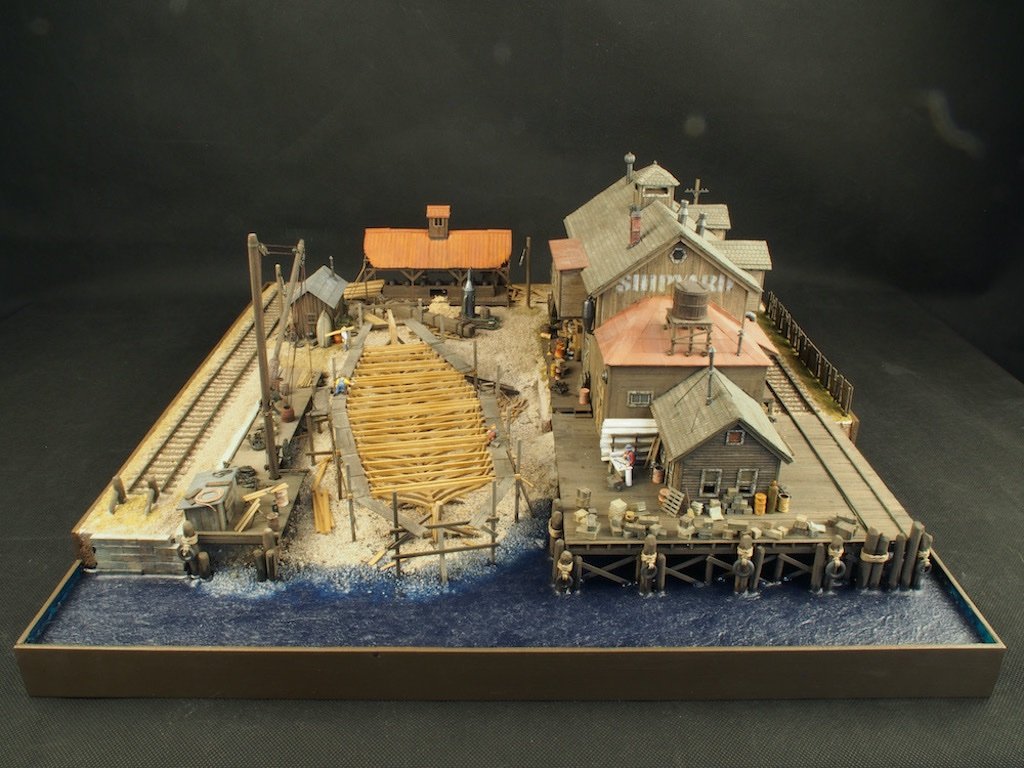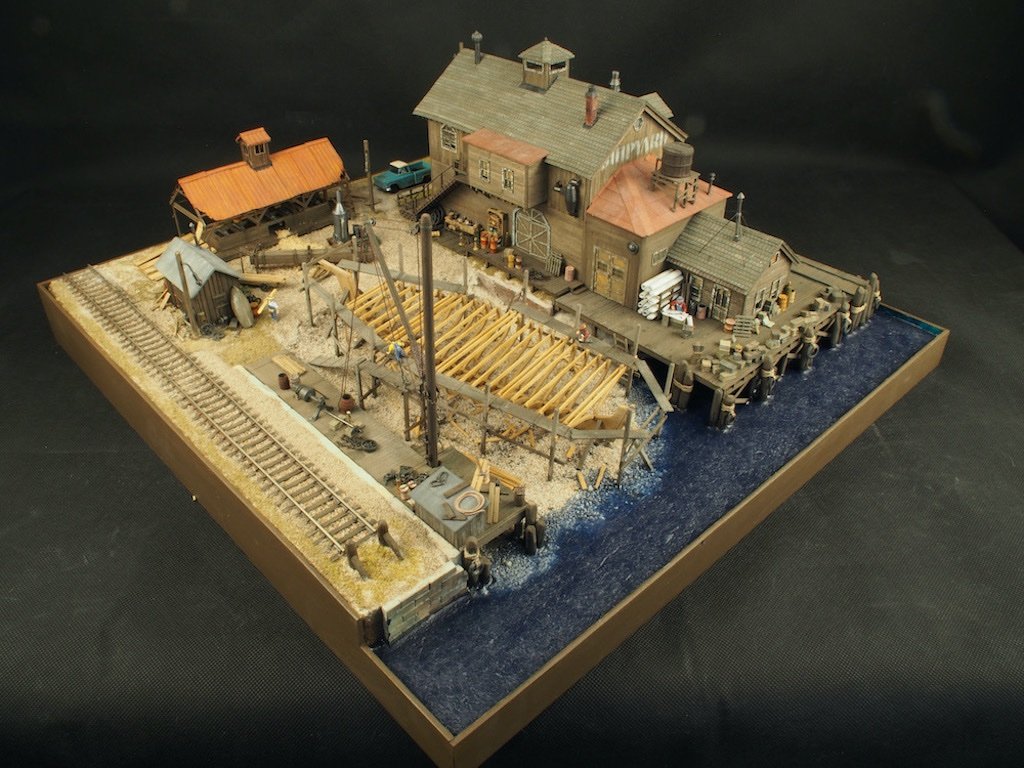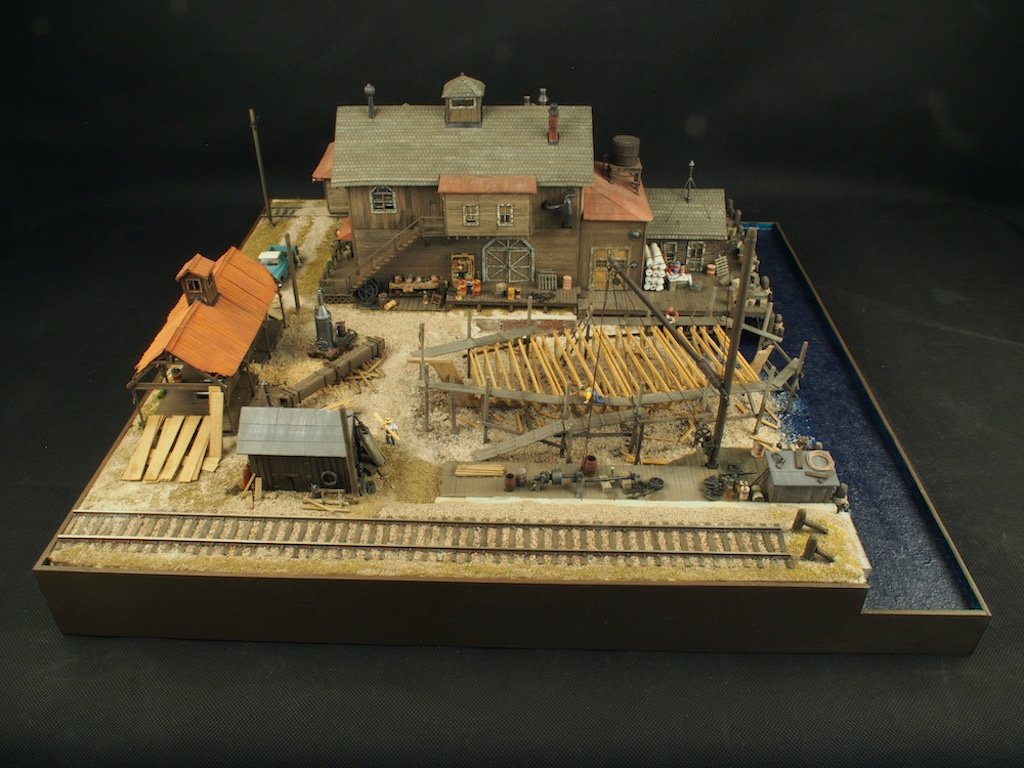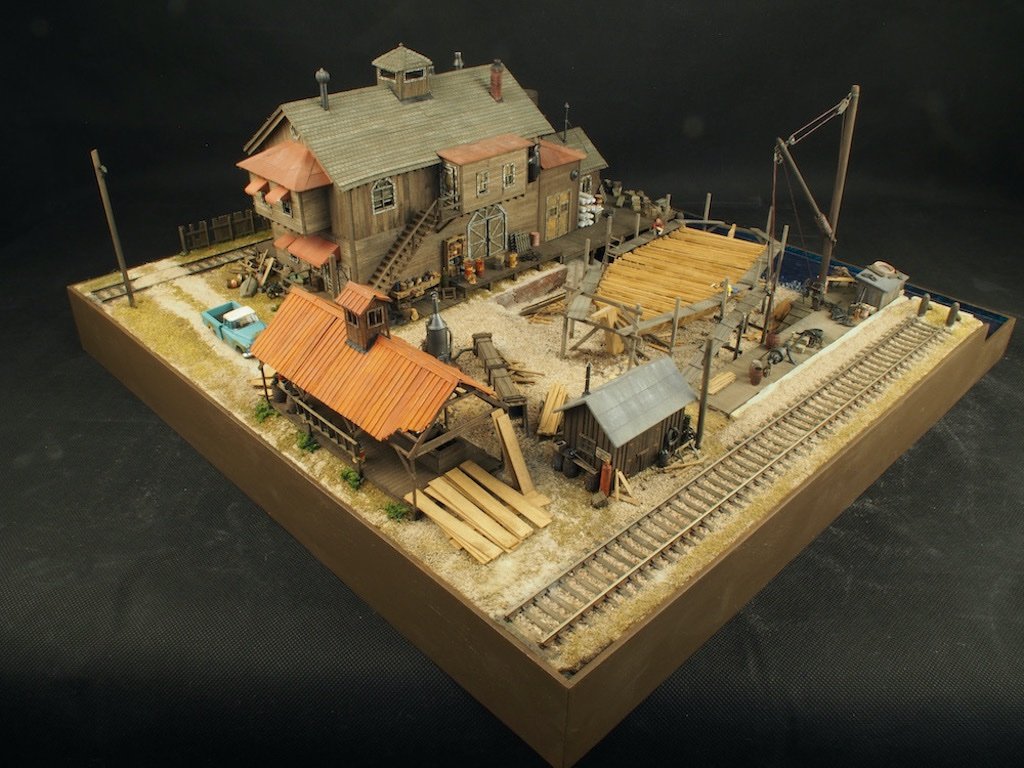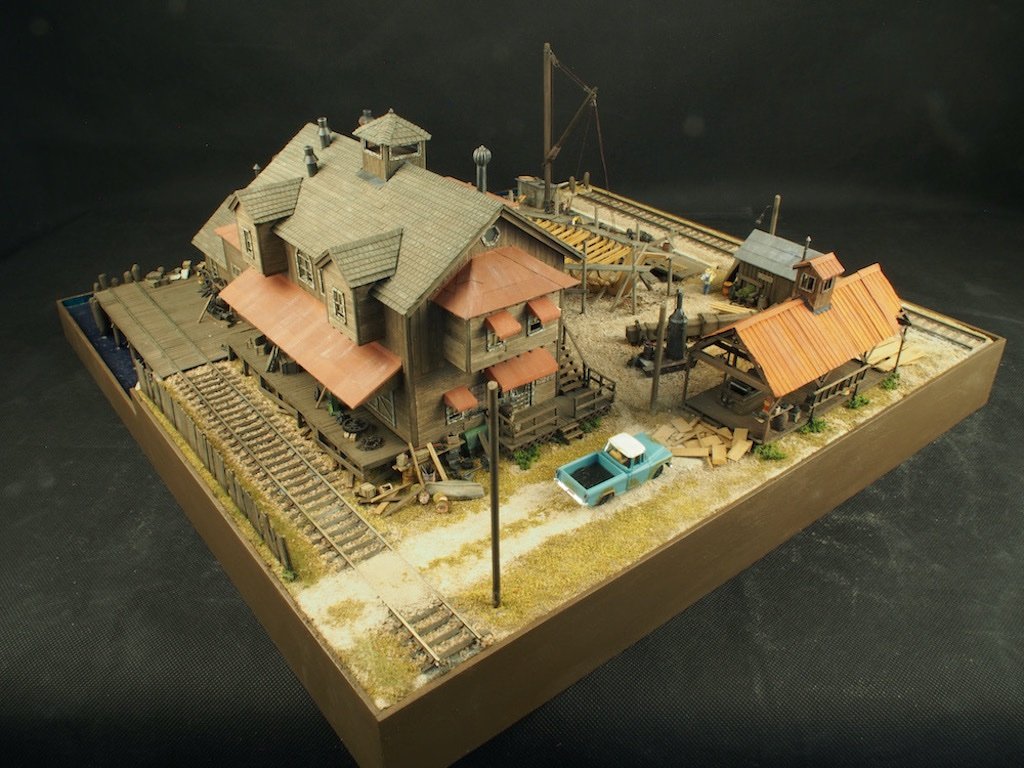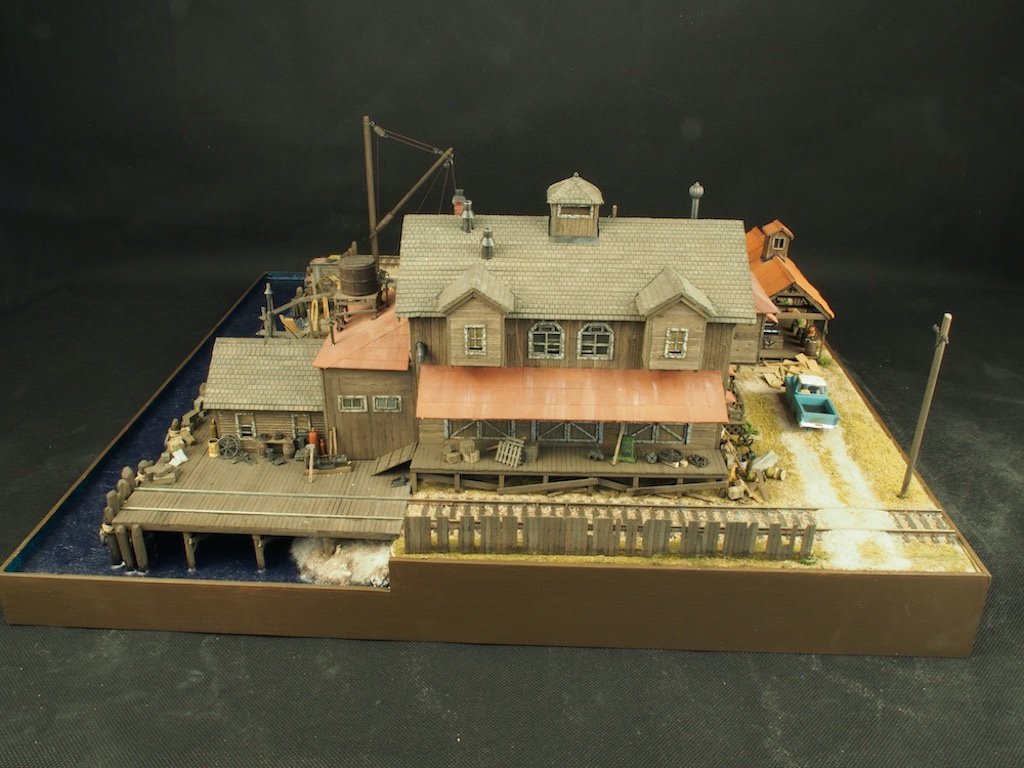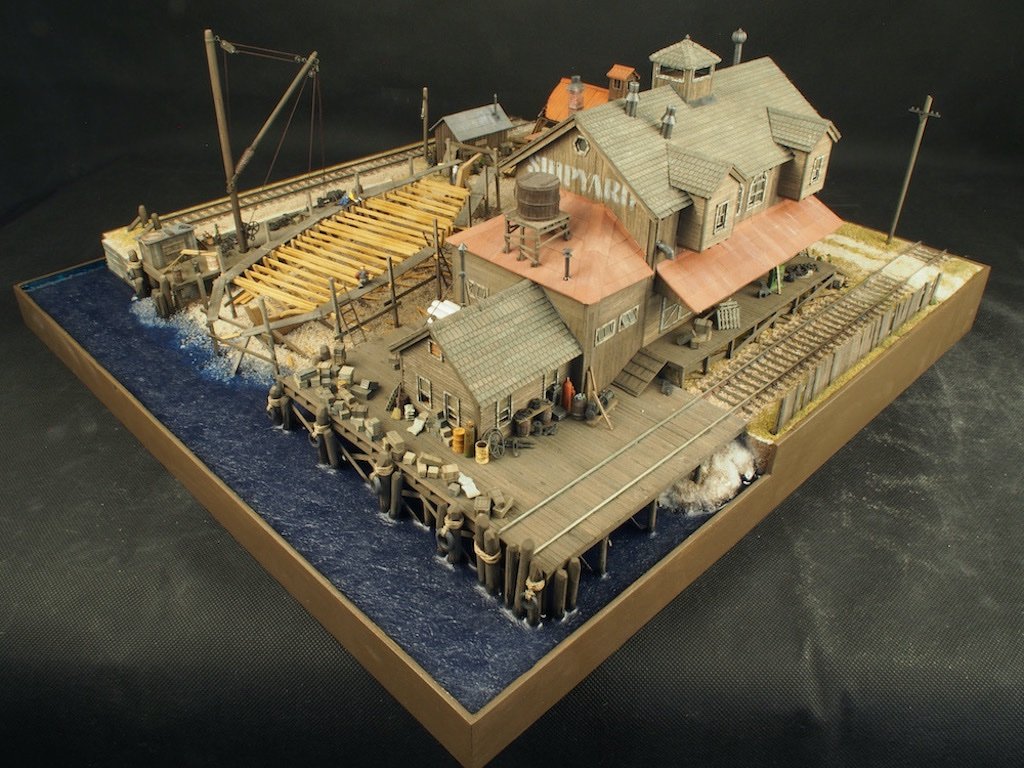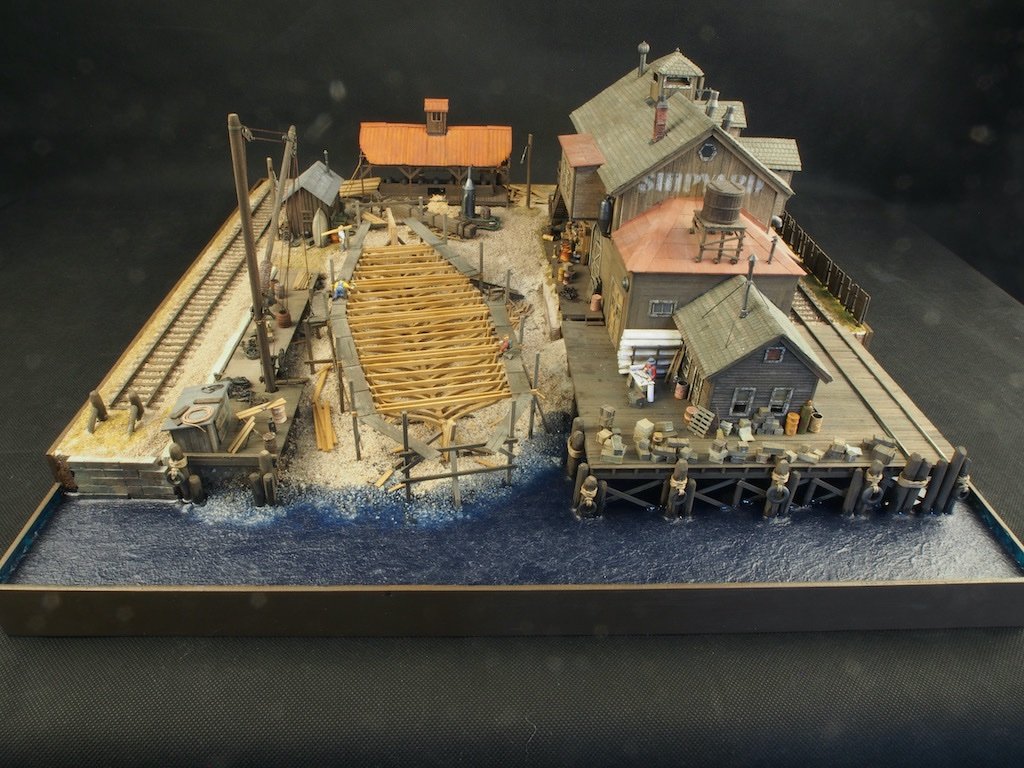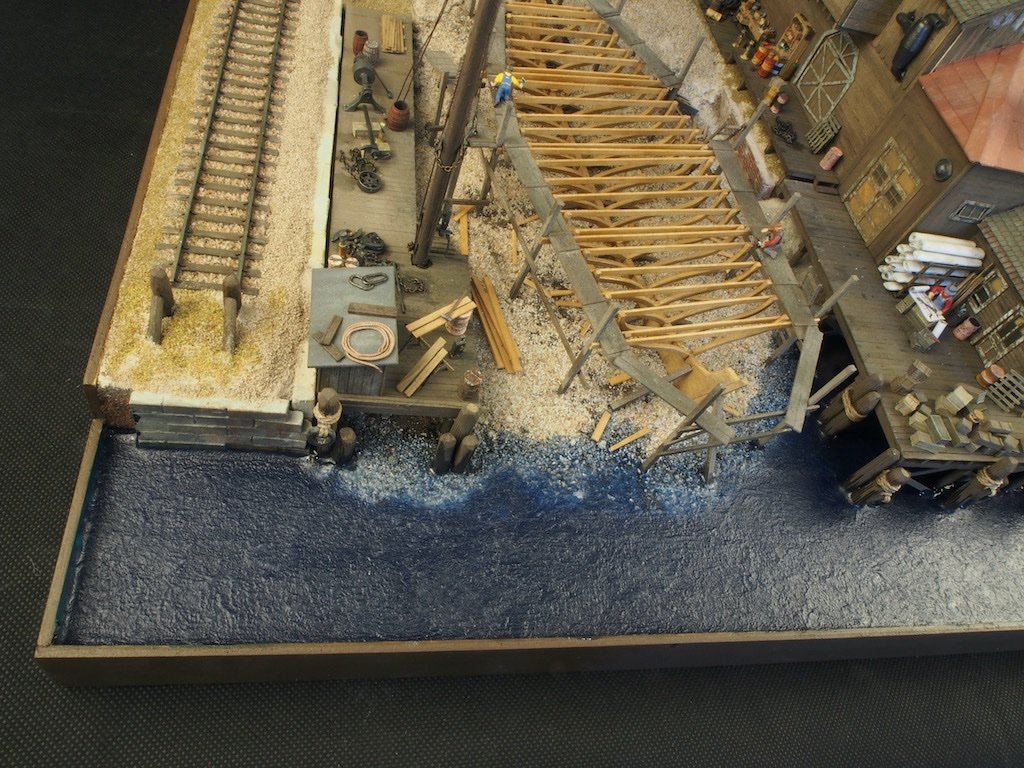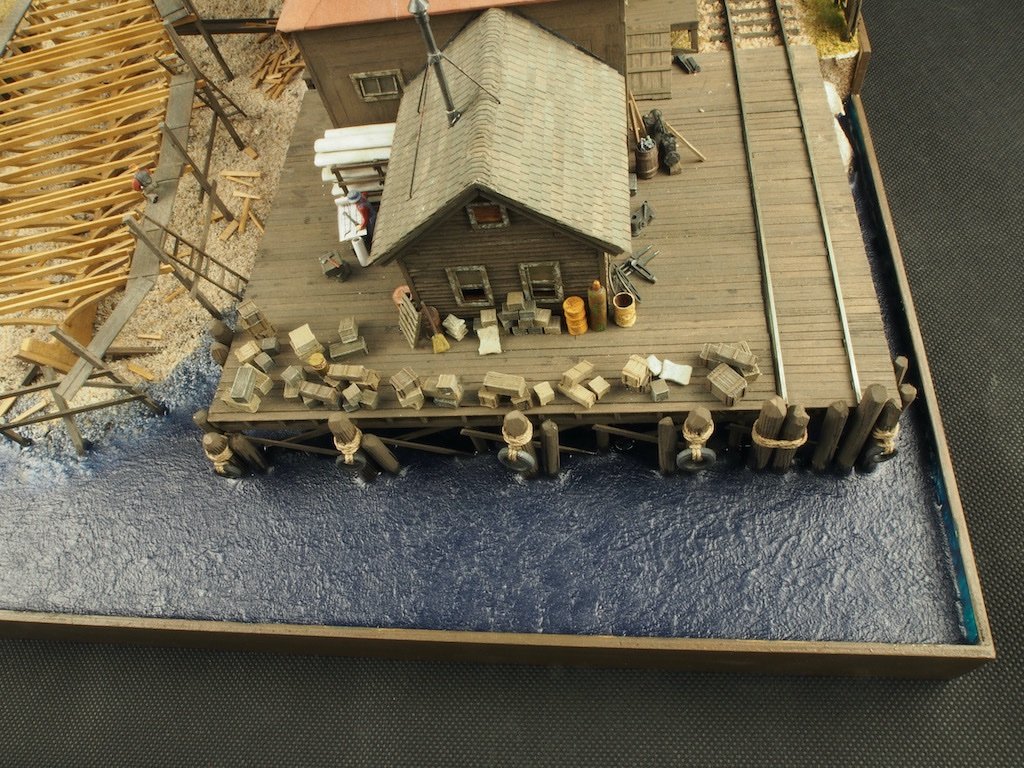-
Posts
4,888 -
Joined
-
Last visited
Content Type
Profiles
Forums
Gallery
Events
Everything posted by gjdale
-
Great work on the Corvus Glen. Enjoy the vacation - we’ll leave a light on for you.
- 290 replies
-
- Quinquereme
- Finished
-
(and 1 more)
Tagged with:
-

Alfa Romeo Spider Touring Gran Sport by CDW - Pocher - 1:8 Scale
gjdale replied to CDW's topic in Non-ship/categorised builds
There is definitely some logic to it. Without going back and poring over it again, I’m pretty sure that Paul Koo covers this in his written instructions. If I recall correctly (and that’s no guarantee!!!), he talks about it in the introductory part. However, as my wife will tell you, these days I am far more often certain than I am right! -
It's the stuff that model aircraft guys use to cover their wings. You should be able to pick it up any LHS, or online. Here's an example from a quick search on the Australian e-bay site: Deluxe BD73 Eze Tissue Paper 12.5 gsm Natural 5 x Sheets 500mm x 750mm
- 290 replies
-
- Quinquereme
- Finished
-
(and 1 more)
Tagged with:
-
Would that perhaps be an opportunity for you to experiment with using Silkspan for the sails Glen? Would be easy to paint on the eagle, which at that size needn’t be much more than a blob.
- 290 replies
-
- Quinquereme
- Finished
-
(and 1 more)
Tagged with:
-
Great to hear Bob. I’m still in love with my Trek Domane+ too. 🙂 Now, back to regular programming….
- 57 replies
-
- live steam
- radio
-
(and 2 more)
Tagged with:
-
Thanks Bob, Always nice to have you along for the ride. 🙂 Speaking of rides, have you been on your bicycle lately? I find myself riding more and more often nowadays - sometimes 5 or 6 days per week.
- 57 replies
-
- live steam
- radio
-
(and 2 more)
Tagged with:
-
Thanks Ras, I’ll keep that in mind as a “fix” if needed. Hopefully the steam plant I have will do the trick.
- 57 replies
-
- live steam
- radio
-
(and 2 more)
Tagged with:
-
Welcome aboard Richard - happy to have some more company on this one.
- 57 replies
-
- live steam
- radio
-
(and 2 more)
Tagged with:
-
Thanks Mark, Yes, found that one. Not much help I'm afraid though.
- 57 replies
-
- live steam
- radio
-
(and 2 more)
Tagged with:
-
Thanks Ken, Yes, that is the plan, and if I can pull it off, the figures will contain concealed servos….. (an idea I picked up from someone else). That said, this will be an evolving build and some of my current plans may change as we go, either by necessity or to be replaced by another TGI (Thundering Good Idea)!
- 57 replies
-
- live steam
- radio
-
(and 2 more)
Tagged with:
-
Thanks Steven, That is of course the first thing I did - search the forums, but the search turns up no actual build logs - only a completed model in the gallery and some discussion about plans and figures. I’ve also tried other forums, but to no avail. If anyone can point me to an actual build log, that would be very much appreciated.
- 57 replies
-
- live steam
- radio
-
(and 2 more)
Tagged with:
-
Introduction I have long had a hankering to build a small launch with live steam propulsion. The African Queen seemed to be an ideal choice of subject, however finding a kit to modify proved somewhat elusive. In the end, I settled on the Billings offering in 1:12 scale as it claims to be suitable for Radio Control (albeit using an electric motor). Here is a picture of the box art. The next challenge was finding a steam plant suitable for inclusion in the model. After an exhaustive search, I settled on a complete steam plant from Miniature Steam Models (MSM) in Melbourne, Australia. It is a 2” boiler with the “Avon” twin cylinder double acting oscillating steam engine. The steam plant comes complete with a boiler certificate and the engine is matched to the size of the boiler. For the tech heads, it has an 8mm bore and an 11mm stroke (and it is reversing). Overall, it is very similar in size to the “fake” boiler/engine plant provided in the Billings kit. Here are a couple of pictures of the steam plant as provided from MSM. What’s in the box? The Billings kit is fairly typical of the Billings offerings. The hull is provided as a single-piece vacuum formed ABS mould. The rest of the kit includes a variety of laser cut plywood parts, some strip wood (not particularly high quality), some brass components and some plastic components. As I will not be using the provided boiler/engine parts, a lot of these will be redundant. I was concerned by the apparent flimsiness of the hull, and my plan is to sheath the hull in timber, and then fibreglass over the top of that. To this end, I have obtained some 1mm thick Alaskan Yellow Cedar from Hobby Mill EU to be cut into planks as appropriate. I will also be adding some aftermarket timber for the deck planking, as the kit would have you simple draw planking lines onto the provided plywood. I’m currently in the process of placing an order for this with Hobby Mill EU. Instructions are, I believe, typical of Billings – which is to say, next to useless. This is not a kit for a beginner, although it is marketed as “Advanced Beginner”. We shall have to see whether I have sufficient skills to pull this off – otherwise, there is considerable investment “down the tube”. The Hull Here are a couple of pictures of the ABS hull. As can be seen in the pictures, there is a considerable excess lip around the upper edge. I will need to remove the vertical component of this before I can do anything else. My current plan is to do that, and then fit the internal frames to provide some stiffening before attempting the outer planking. Welcome aboard for what might prove to be an "interesting" journey!
- 57 replies
-
- live steam
- radio
-
(and 2 more)
Tagged with:
-
Continued from previous post... The Loading Dock The Main Dock That completes the series of "glam" shots and brings this project to a close. I'd like to thank all of you who have followed along and offered support, encouragement and advice along the way. This has been a most enjoyable diversion into this style of modelling and I've learned a lot along the way. i do have another of these kits in my stash (Foss's Landing), but I've got a ship or two to build first. Stay tuned for the next exciting adventure!
-
Thanks very much Keith, Glen, OC, Jack, Yves, Mark and Ken, and also to all of the 'likes'. I didn't quite get around to posting the final "glam" shots yesterday, so here they are. There are quite a few, so I'll split across several posts, starting with the overall "spin" shots. Continued next post...
-
Very nice work on the bow and stern carvings Glen. And good thinking re the oars too! This is really starting to take shape now.
- 290 replies
-
- Quinquereme
- Finished
-
(and 1 more)
Tagged with:
-
Thanks again for the input guys. I decided to have another crack at the water – I just wasn’t happy with the ripples, nor the smooth patches. So I did two more applications of the Water Gel Effects using a softer stencilling (I think) brush. My aim was to blend in/out the heavy parallel lines that could previously be seen, and also to remove the totally glass smooth areas. I’m happy with the result and am going to call “done” at that. Here’s a few shots of the final version of the water. Final "glam" shots to come later today....
-
Neat solution to a tricksy problem BE. Looking very good.
- 648 replies
-
- Indefatigable
- Vanguard Models
-
(and 1 more)
Tagged with:
About us
Modelshipworld - Advancing Ship Modeling through Research
SSL Secured
Your security is important for us so this Website is SSL-Secured
NRG Mailing Address
Nautical Research Guild
237 South Lincoln Street
Westmont IL, 60559-1917
Model Ship World ® and the MSW logo are Registered Trademarks, and belong to the Nautical Research Guild (United States Patent and Trademark Office: No. 6,929,264 & No. 6,929,274, registered Dec. 20, 2022)
Helpful Links
About the NRG
If you enjoy building ship models that are historically accurate as well as beautiful, then The Nautical Research Guild (NRG) is just right for you.
The Guild is a non-profit educational organization whose mission is to “Advance Ship Modeling Through Research”. We provide support to our members in their efforts to raise the quality of their model ships.
The Nautical Research Guild has published our world-renowned quarterly magazine, The Nautical Research Journal, since 1955. The pages of the Journal are full of articles by accomplished ship modelers who show you how they create those exquisite details on their models, and by maritime historians who show you the correct details to build. The Journal is available in both print and digital editions. Go to the NRG web site (www.thenrg.org) to download a complimentary digital copy of the Journal. The NRG also publishes plan sets, books and compilations of back issues of the Journal and the former Ships in Scale and Model Ship Builder magazines.






